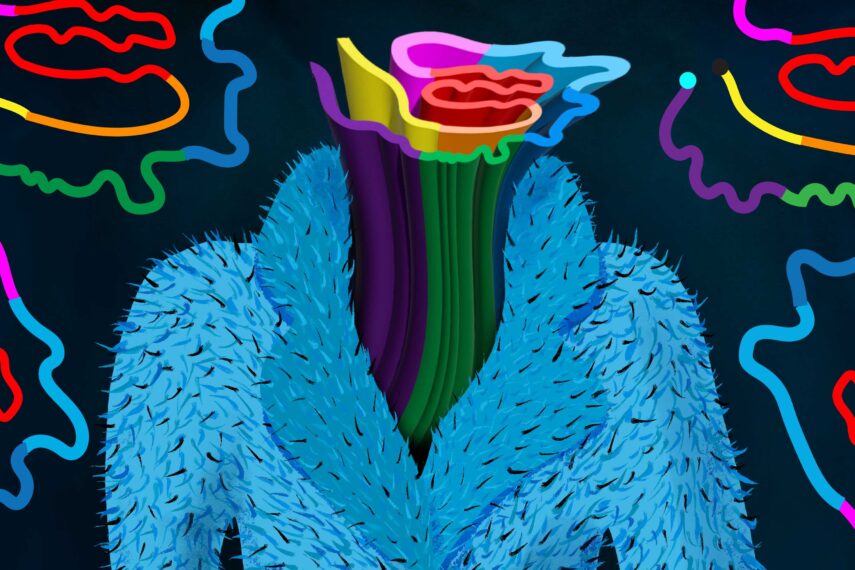
Chemists determine the structure of the fuzzy coat that surrounds Tau proteins
Learning more about this structure could help scientists find ways to block Tau from forming tangles in the brain of Alzheimer’s patients.
Read the Article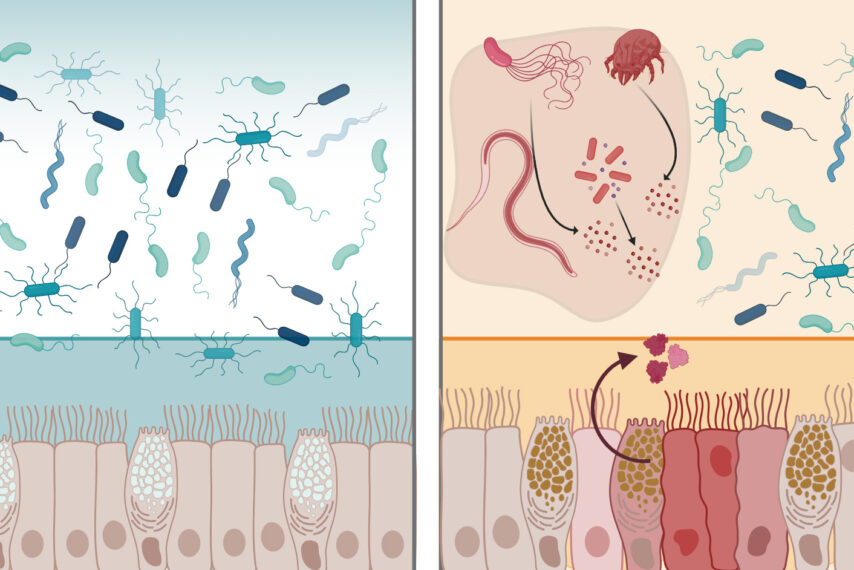
A protein found in the GI tract can neutralize many bacteria
The protein, known as intelectin-2, also helps to strengthen the mucus barrier lining the digestive tract.
Read the Article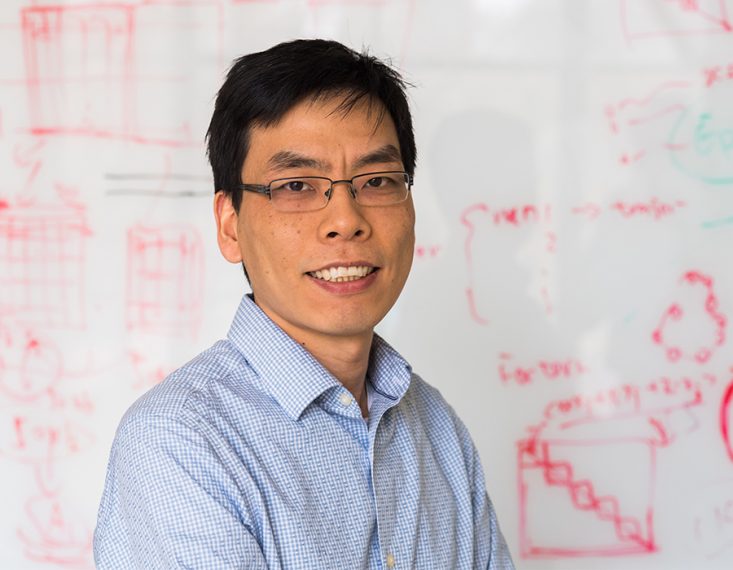
Bin Zhang Named one of Eighteen MIT faculty honored as “Committed to Caring” for 2025-27
The program recognizes outstanding mentorship of graduate students.
Read the Article
Study: High-fat diets make liver cells more likely to become cancerous
New research suggests liver cells exposed to too much fat revert to an immature state that is more susceptible to cancer-causing mutations.
Read the Article
MIT chemists synthesize a fungal compound that holds promise for treating brain cancer
Preliminary studies find derivatives of the compound, known as verticillin A, can kill some types of glioma cells.
Read the Article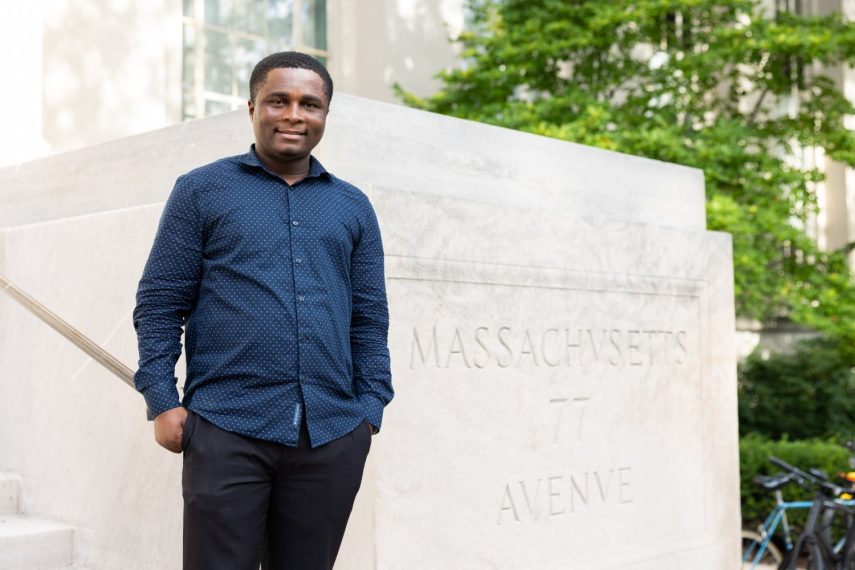
Quantum modeling for breakthroughs in materials science and sustainable energy
Quantum chemist Ernest Opoku is working on computational methods to study how electrons behave as a School of Science Dean’s Postdoctoral Fellow.
Read the Article
MIT Energy Initiative conference spotlights research priorities amidst a changing energy landscape
Industry leaders agree collaboration is key to advancing critical technologies.
Read the Article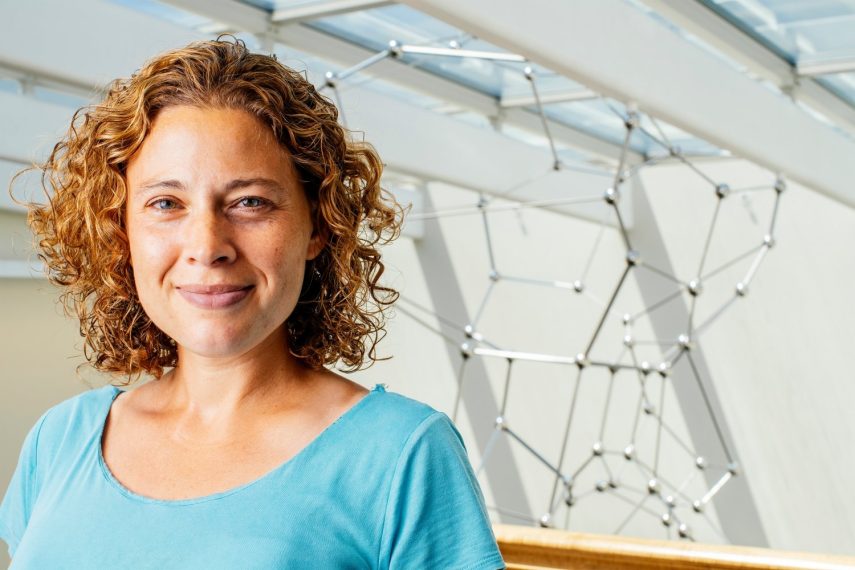
Leading quantum at an inflection point
The MIT Quantum Initiative is taking shape, leveraging quantum breakthroughs to drive the future of scientific and technological progress.
Read the Article
Astronomical data collection of Taurus Molecular Cloud-1 reveals over 100 different molecules
The discovery will help researchers understand how chemicals form and change before stars and planets are born.
Read the Article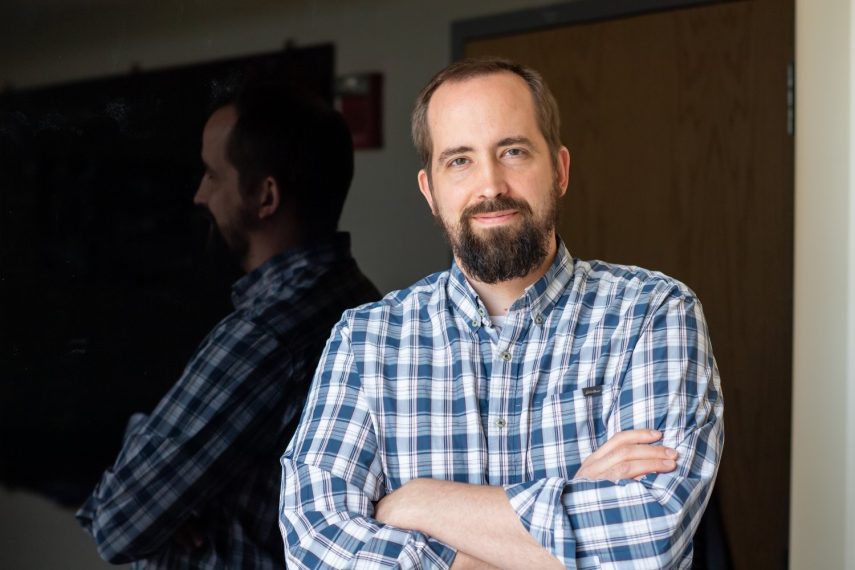
Matthew Shoulders named head of the Department of Chemistry
A leading researcher in protein folding biochemistry and next-generation protein engineering techniques will advance chemistry research and education.
Read the Article
Chemists create red fluorescent dyes that may enable clearer biomedical imaging
The new dyes are based on boron-containing molecules that were previously too unstable for practical use.
Read the Article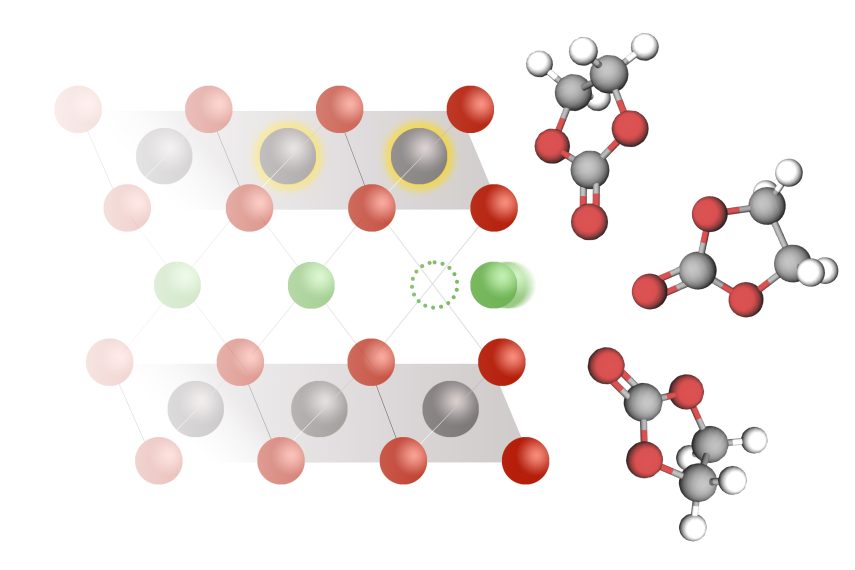
A simple formula could guide the design of faster-charging, longer-lasting batteries
MIT researchers developed a model that explains lithium intercalation rates in lithium-ion batteries.
Read the Article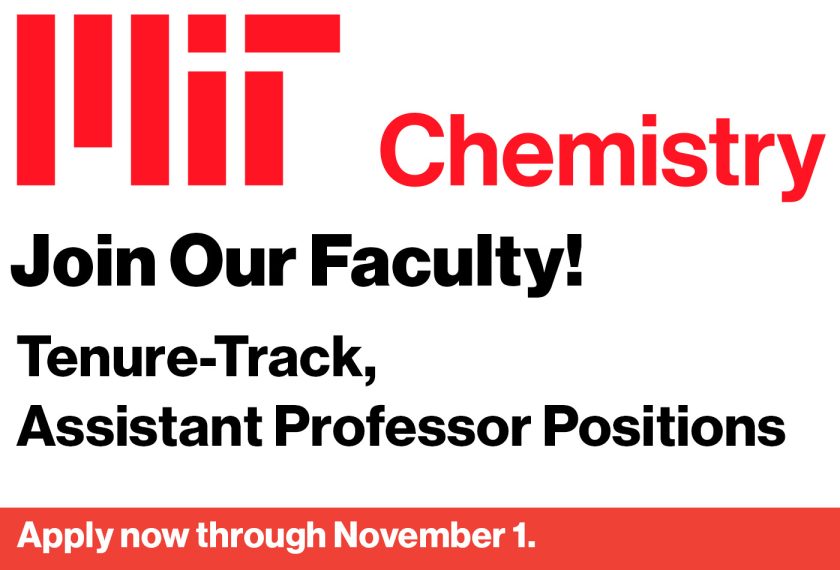
Department of Chemistry seeks Assistant Professor Candidates
To receive full consideration, completed applications must be received by November 1, 2025
Read the Article